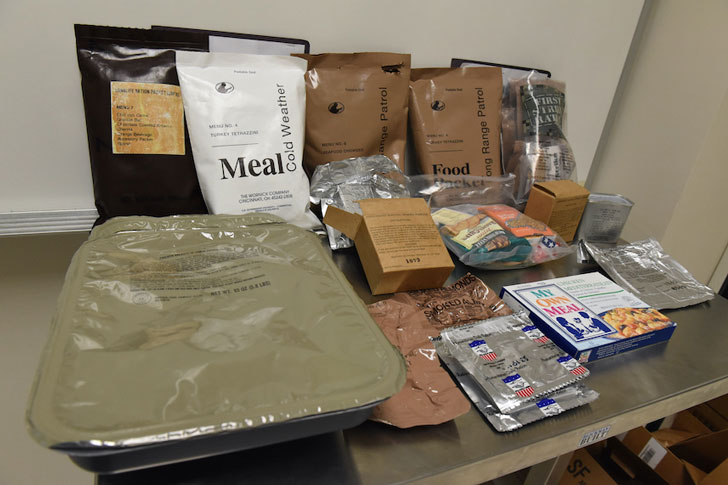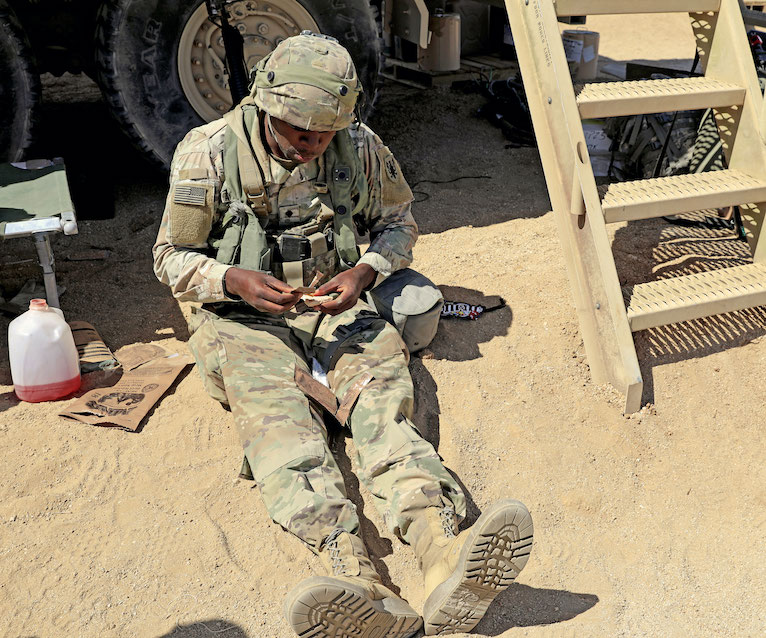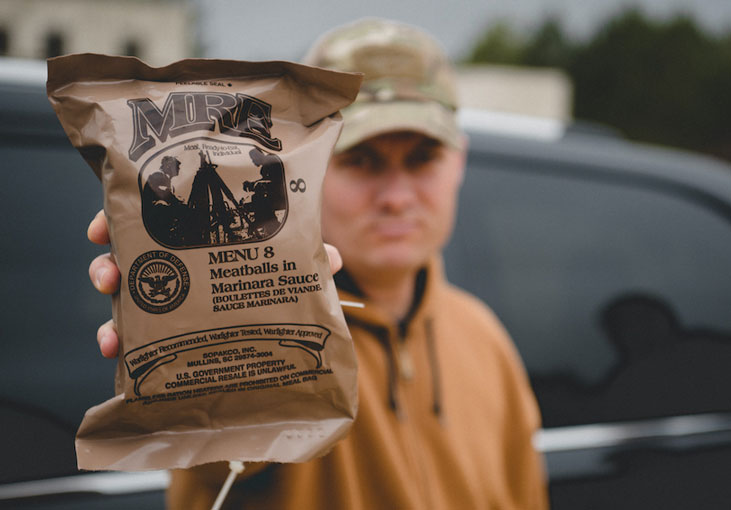 Ever wonder what's in your Meal, Ready-to-Eat (MRE) or other rations? Want to track your calories or macronutrients in the field? Curious about the nutrition content of combat rations? Food and drink options in all military settings, including when you’re training or deployed, are part of your nutrition environment.
Ever wonder what's in your Meal, Ready-to-Eat (MRE) or other rations? Want to track your calories or macronutrients in the field? Curious about the nutrition content of combat rations? Food and drink options in all military settings, including when you’re training or deployed, are part of your nutrition environment.
Heat, cold, altitude, rough terrain, heavy equipment loads, and other extreme environments can increase your food and hydration needs, making proper fueling even more critical. Balance your needs with your workload by learning more about the nutritional impact of rations. ComRaD is an interactive website that provides nutrition information on combat ration menus, including all food components. Combat rations are specially designed to fuel Service Members in operational environments. The right fuel at the right time helps to optimize your nutrition for mission readiness.
In addition, ComRaD provides answers to common questions about combat rations and ration types.
- Meal, Ready-to-Eat (MRE)
- Meal, Cold Weather (MCW)
- Modular Operational Ration Enhancement (MORE)
- First Strike Ration (FSR)
- Unitized Group Ration (UGR) – Heat & Serve
 ComRaD lists the components of each ration menu, including meal items, drink powders, snacks, and spreads. You can review nutrition facts for the overall menus (MREs are organized by year then menu number with entrée name such as “Menu 1: Chili with Beans”) and each meal component (entrée, bread, etc.). Explore the nutrition facts for the full menu or individual items you choose by “saving” your menu.
ComRaD lists the components of each ration menu, including meal items, drink powders, snacks, and spreads. You can review nutrition facts for the overall menus (MREs are organized by year then menu number with entrée name such as “Menu 1: Chili with Beans”) and each meal component (entrée, bread, etc.). Explore the nutrition facts for the full menu or individual items you choose by “saving” your menu.
Discover more ways to optimize your nutrition in the field with ComRaD.
